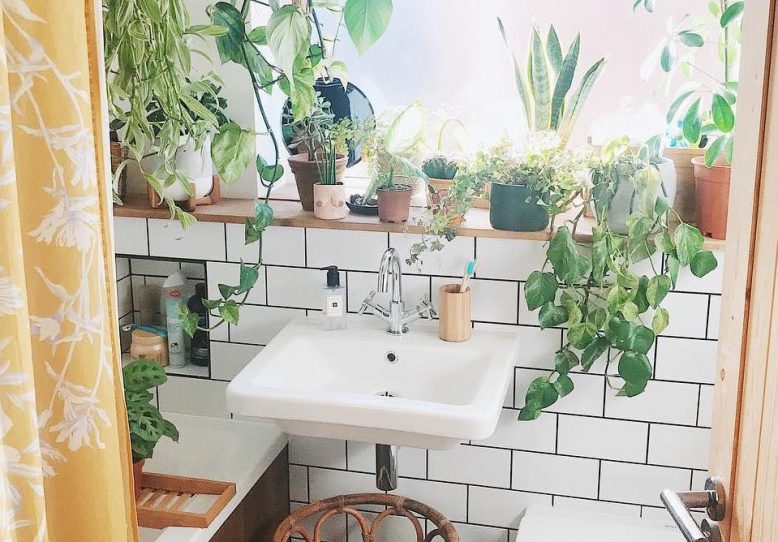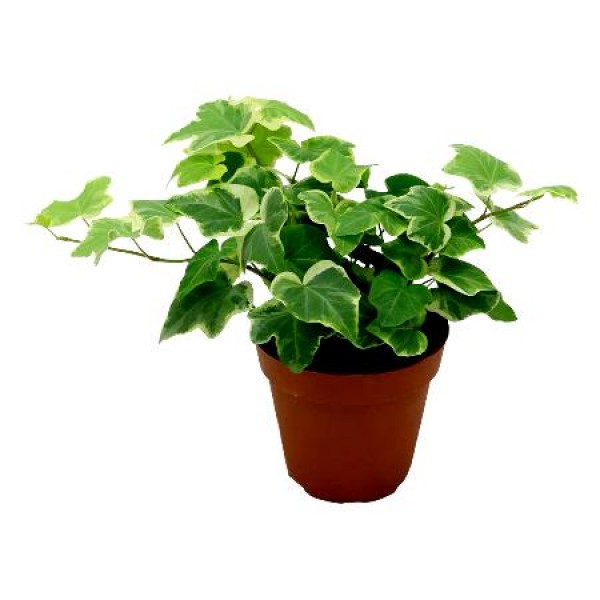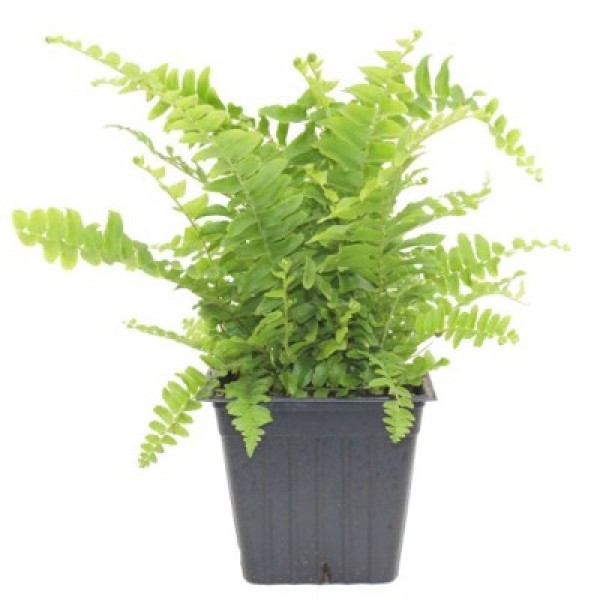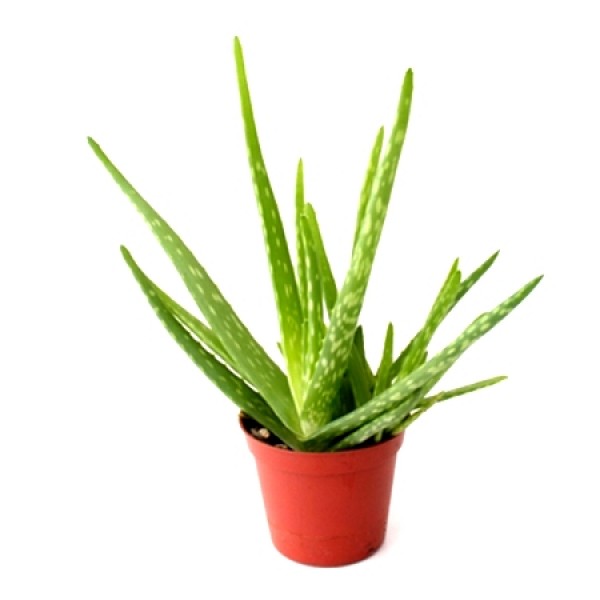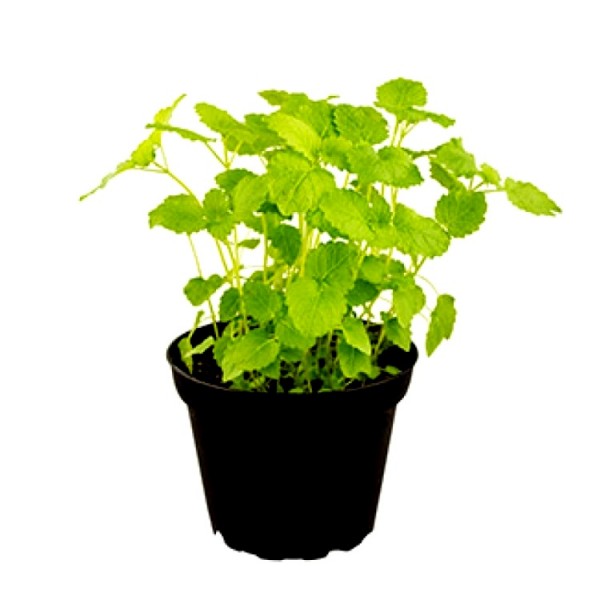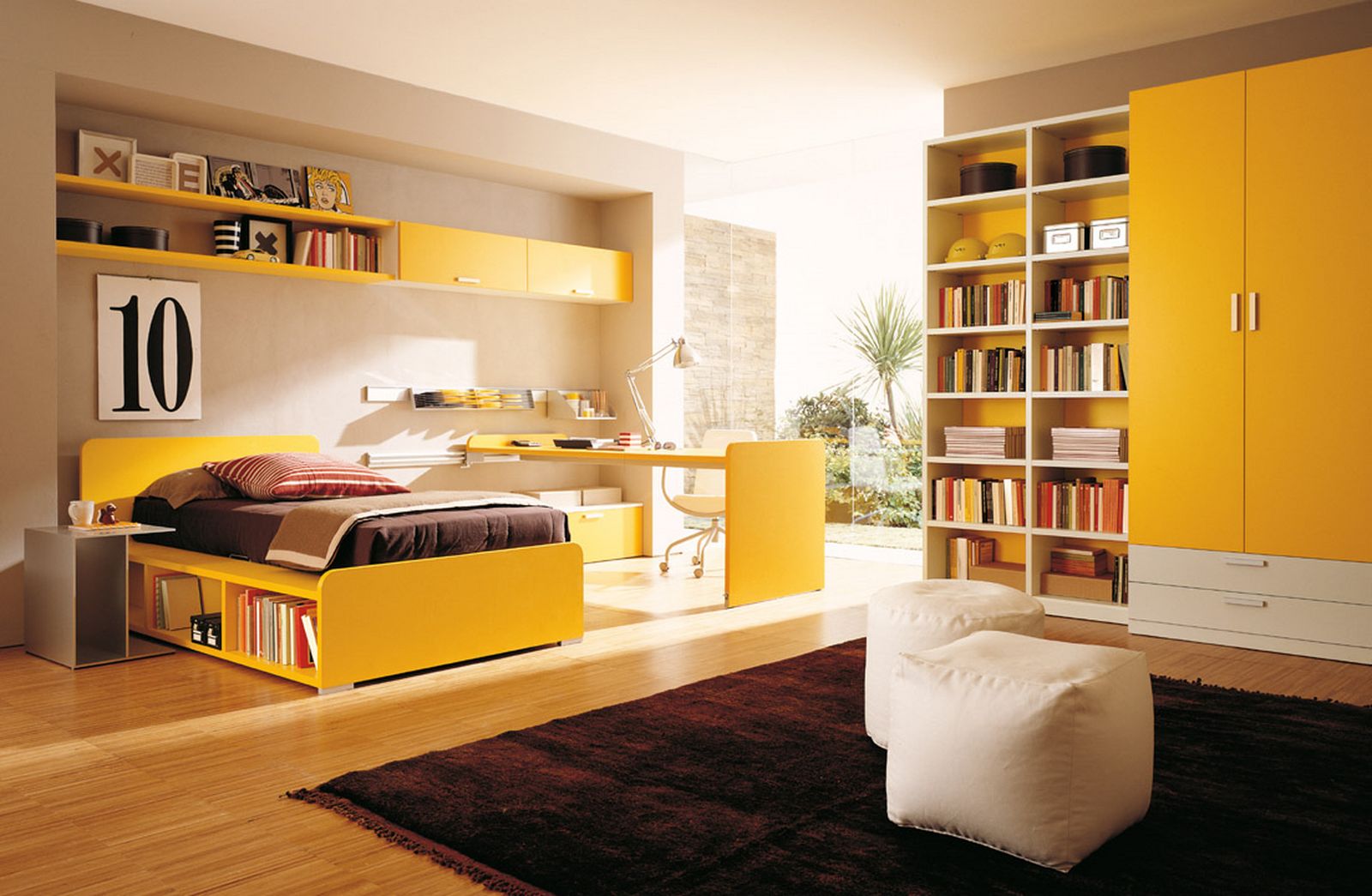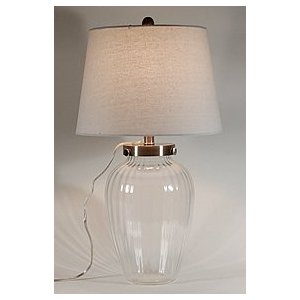Bathroom is the best place to add different kinds of plants. Plants can transform bathroom into a relaxing sanctuary, where you can remove the whole day fatigue. Plants help to create an environment that is full of oxygen, free from toxins, bacteria, etc. A bunch of specialist plants like lemon balms, ferns helps to eliminate pollutants and remove excess moisture from the bathroom.
Challenges
Though bathroom is the best places to add plants, but there are certain challenges that come in its way. Like temperature fluctuation, poor ventilation, excess use of shower, humid air, dry air, etc. Temperature fluctuation is not right for certain types of plants to grow, but there are certain plants that can grow in any kind of temperature. Here, we have listed 10 bathroom plants that can thrive in your bathroom.
1 English ivy
It is one of the most famous indoor plants belonging to araliaceae plants family. It is counted as one of the best plants that can remove benzene, trichloroethylene, ammonia, xylene and other kind of air pollutants from the air. English Ivy requires cool environment to thrive.
- Light- It requires less light, filtered or artificial light is fine
- Water: it doesn’t require frequent watering
- Humidity- It require moderate humidity
2 Boston Fern
The scientific name of this plant is nephrolepis exaltata and it belongs to nephrolepidaceae family. The plant can thrive in humid climate. It is effective in removing different kinds of toxins like formaldehyde, xylene, toluene and other air borne pollutants. These plants do not require excessive sunlight and can grow in extremely poor light conditions.
- Light- It requires less light, filtered or artificial light is fine
- Water: Frequent watering is required
- Humidity- It require moderate humidity
3 Golden Pathos
The scientific name of this plant is Epipremnum aureum. It belongs to araceae family. Also called as money plant. This plant doesn’t require sunlight and is easy to maintain. The plant can thrive in adverse weather conditions, except in winter season. Its leaves have power to remove 73 percent of VoC and other air-borne pollutants.
- Light- It requires less light, filtered or artificial light is fine
- Water: it doesn’t require frequent watering
- Humidity- It require moderate humidity
4 Aloe Vera
This plant is easy to maintain and has can easily tolerate temperature fluctuation. The juice of the leaves can be used as a cure to minor burns and scrapes. The plant requires minimum care. To grow it indoors it requires a lot of artificial lightning. If you want prompt flowering, place the plant outdoors in the warmer months.
- Light- It requires light, filtered or artificial light is fine
- Water: it doesn’t require frequent watering
- Humidity- It require moderate humidity
5 Bamboo plants
Growing bamboo plants is the best way to remove toxins, but there is a challenge, the plants can grow invasively when added in the garden, but you need to repot it after several months. If you want to grow it in the garden, feed it with fertilizer weekly during the growing months, cutting it in the winter months.
- Light- It requires light, filtered or artificial light is fine
- Water: it doesn’t require frequent watering
- Humidity- It require moderate humidity
6 Fishtail Fern
It belongs to the family of nephrolepidaceae, which is native to Australia. The plant has an ability to remove xylene, toluene and other air borne germs including molds and bacteria from the air. The plant is low in maintenance and is easy to care, it doesn’t require bright sunlight to grow, it can grow very well in poor light.
- Light- It requires less light, filtered or artificial light is fine
- Water: Frequent watering is required
- Humidity- It require moderate humidity
7 Begonia
Many kinds of Begonia can grow very well inside the container and they can even thrive in fluctuating environment of the bathroom. They are extremely ornamental plant and can grow indoors. These plants can survive in humid conditions, but not in water logged soil. There are different varieties of plants available in the market.
- Light- It requires light, filtered or artificial light is fine
- Water: it doesn’t require frequent watering
- Humidity- It require moderate humidity
8 Kimberly Queen Fern
The plant is scientifically called by the name of nephrolepis obliterate and it belongs to the family of nephroepicaceae, and it belongs to Australia. The plant has certain inherited benefits like it is effective in removing toxins like xylene, toluene, mold, bacteria and other air-borne germs. These plants are easy to maintain and doesn’t require excessive care or bright sunlight and can even thrive in poor light conditions.
- Light- It requires less light, filtered or artificial light is fine
- Water: Frequent watering is required
- Humidity- It require moderate humidity
9 Gardenia
The gardenias are the indoor plants also called as G jasminoides, or cape jasmine. These plants have broad leafs and are not easy to grow in the apartments, but these plants can survive in cold and humid weather conditions, hence these plants are suitable to grow in the bathroom. These plants can grow to 6 inches, hence it requires frequent cutting.
- Light- It requires more light
- Water: Frequent watering is required in the initial stages and then less water is needed
- Humidity- It require moderate humidity
10 Lemon Balm
This is an aromatic plant that belongs to the mint family, native to Central Asia. The scientific research validates that these plants improves mood, reduce fatigue and increases mental wellness. The plant act as an air purifier and can suppress germs, bacteria, mold, etc. You can grow this plant indoor as well as outdoor.
It doesn’t require much maintenance.
- Light- It requires light, filtered or artificial light is fine
- Water: it doesn’t require frequent watering
- Humidity- It require moderate humidity
Conclusion
The other plants that can easily find a place in your bathroom are snake plant, spider plant, peace lily, etc. Select the plants depending upon the humidity conditions of the bathroom, for example in master bathroom, where shower or tub is used frequently, and the conditions is humid whereas in the guest bathroom, the environment is darker and less humid. Ensure the bathroom and find the plants that are best suited for that environment.
Watch the video
